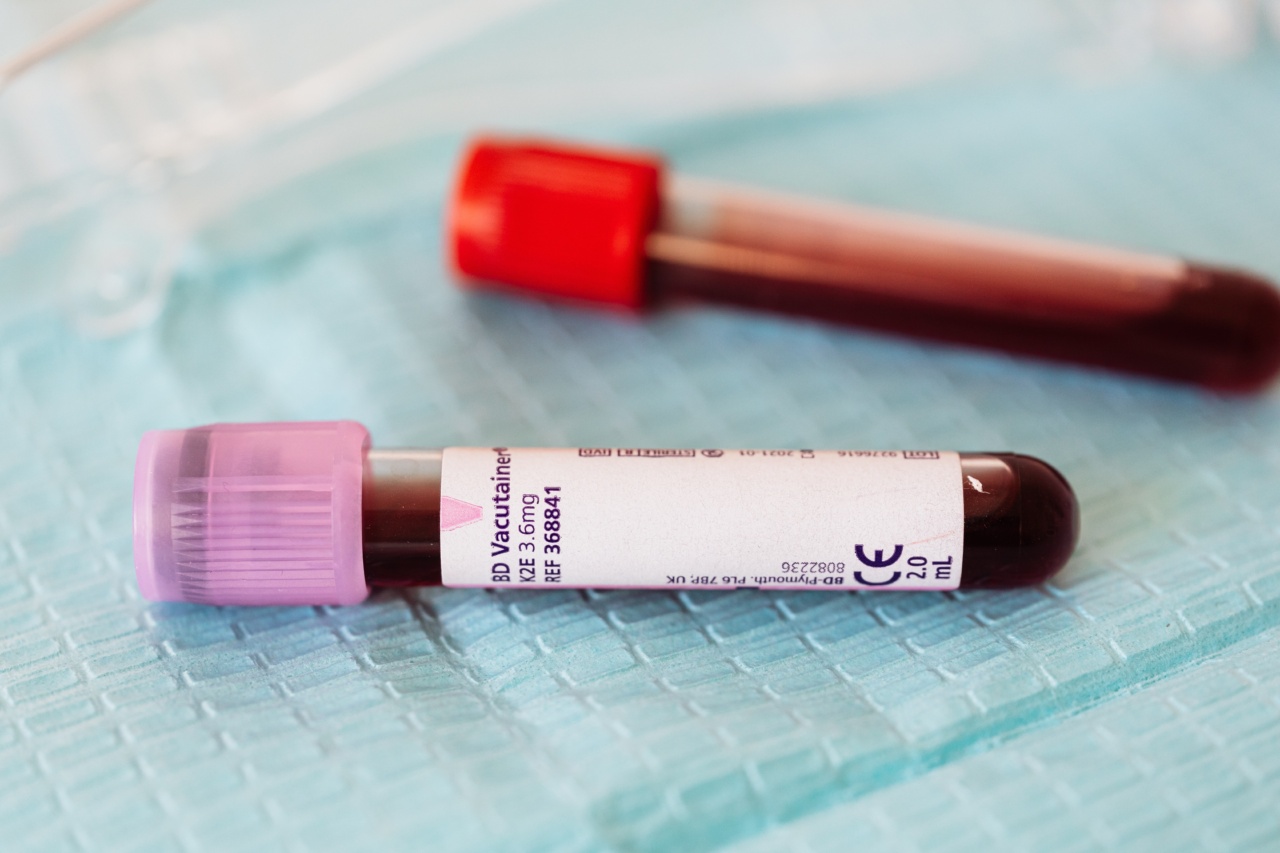Advances in medical technology have revolutionized health care in recent years, and the latest breakthrough could change the way we diagnose illnesses.
Scientists have developed a blood test that can identify diseases quickly and accurately, potentially saving lives.
How the Blood Test Works
The new blood test is based on a technology called liquid biopsy, which involves analyzing a small sample of blood for traces of DNA, proteins, and other biomarkers.
These biomarkers can indicate the presence of cancer, cardiovascular disease, infectious diseases, and other conditions.
The liquid biopsy test is less invasive than traditional biopsies, which require taking tissue samples with a needle or during surgery.
Instead, the liquid biopsy test involves drawing blood from a patient’s arm, analyzing it in a lab, and providing results in a matter of days.
Benefits of the Blood Test
The new blood test has a number of benefits over traditional diagnostic methods. First of all, it is less invasive and less painful for patients. Traditional biopsies can be uncomfortable and carry risks such as bleeding and infection.
The liquid biopsy test is virtually painless and carries few risks.
The blood test is also more accurate than traditional methods. Traditional tests such as CT scans and MRIs can produce false positives or negatives, leading to unnecessary treatments or missed diagnoses.
The liquid biopsy test is highly accurate, with a low rate of false positives and negatives.
Another benefit of the blood test is that it can detect diseases at an earlier stage. Traditional diagnostic methods may not detect diseases until they are advanced and harder to treat.
The liquid biopsy test can detect diseases in their early stages, when they are more easily treatable.
Applications of the Blood Test
The new blood test has applications in a variety of medical fields. For example, it can be used to diagnose cancer at an early stage, potentially saving lives and reducing the need for more invasive treatments such as surgery and chemotherapy.
The blood test can also be used to monitor cancer patients during and after treatment. By analyzing blood samples over time, doctors can evaluate the effectiveness of treatment and make adjustments as needed.
In addition to cancer diagnosis and monitoring, the blood test can be used to diagnose infectious diseases such as HIV and hepatitis. It can also be used to diagnose cardiovascular disease, which is the leading cause of death worldwide.
By detecting cardiovascular disease early, doctors can provide treatments such as statins and lifestyle changes to prevent heart attacks and stroke.
Limitations of the Blood Test
While the new blood test is a major advance in medical technology, it does have some limitations. First of all, the test is relatively new and may not be widely available yet.
It may also be expensive, although costs are likely to come down as the technology becomes more widespread.
Another limitation of the blood test is that it cannot replace all traditional diagnostic methods. For example, some cancers may require traditional biopsies to determine the extent of the disease.
The blood test can complement traditional methods by providing additional information.
Finally, the blood test may not be 100% accurate in all cases. False positives and negatives can occur, although they are rare. Doctors will need to use their judgement and exercise caution when interpreting test results.
Conclusion
The new blood test based on liquid biopsy technology is a significant advance in medical diagnostics. By providing quick, accurate, and non-invasive results, the blood test can save lives and improve patient outcomes.
However, the test is still relatively new and has limitations that need to be considered. As technology continues to improve, researchers are likely to develop even more sophisticated diagnostic tools that will further revolutionize health care.



























